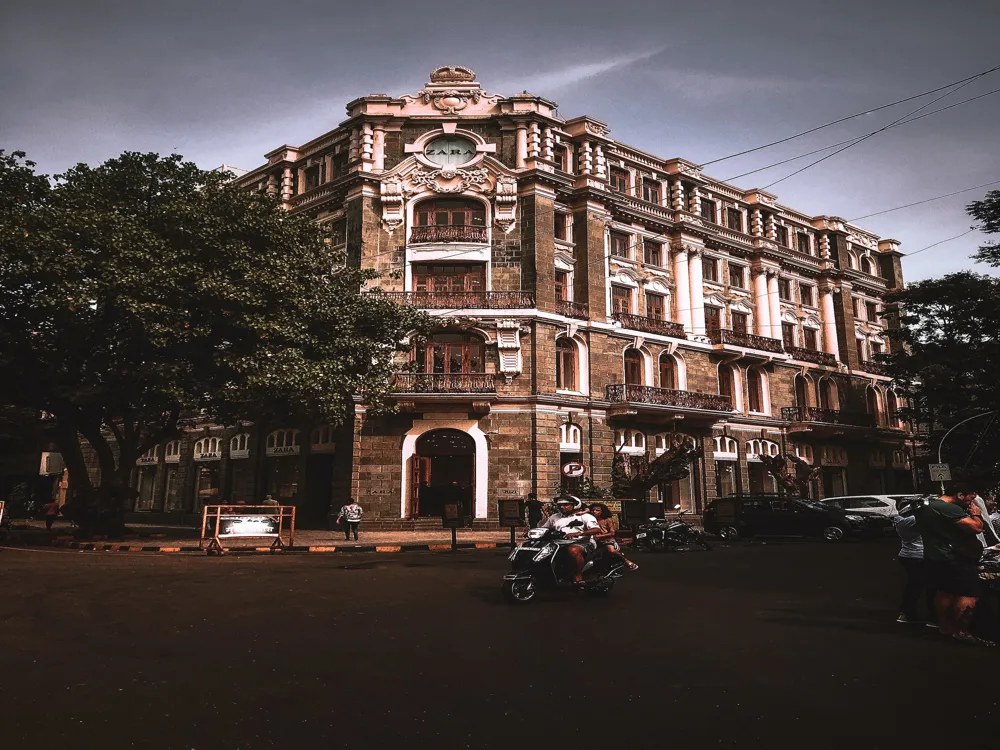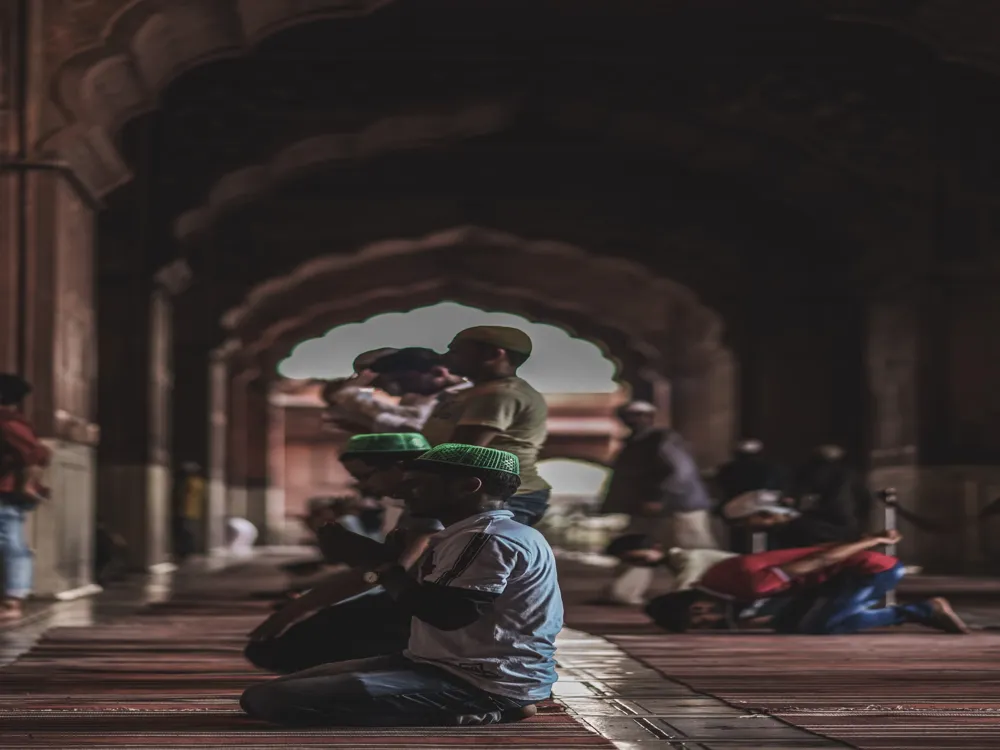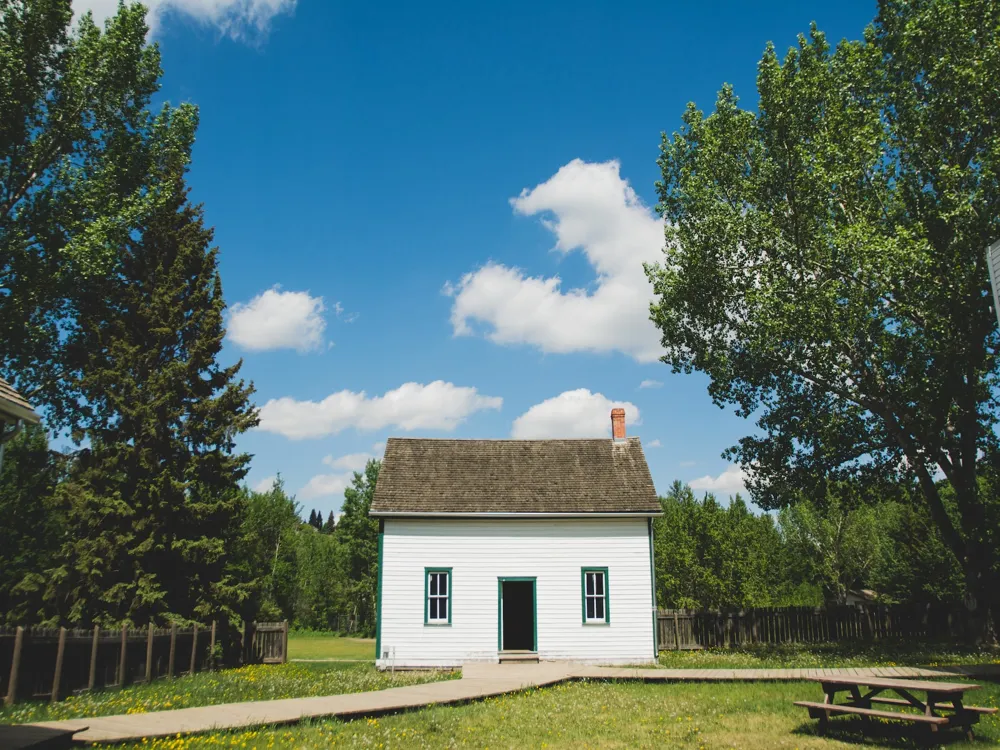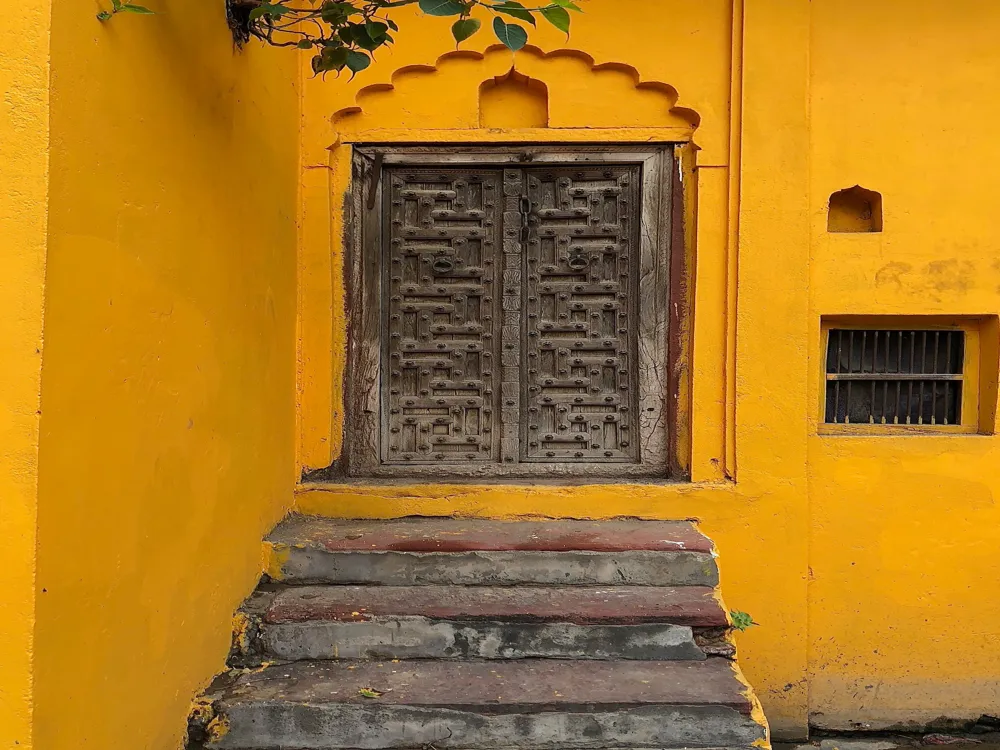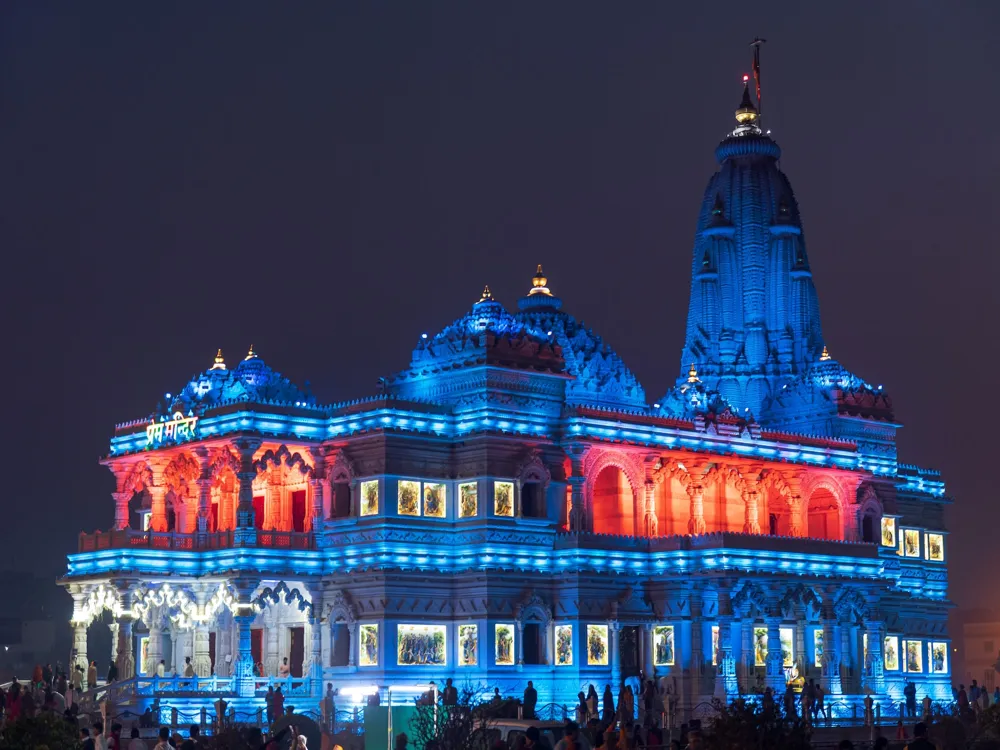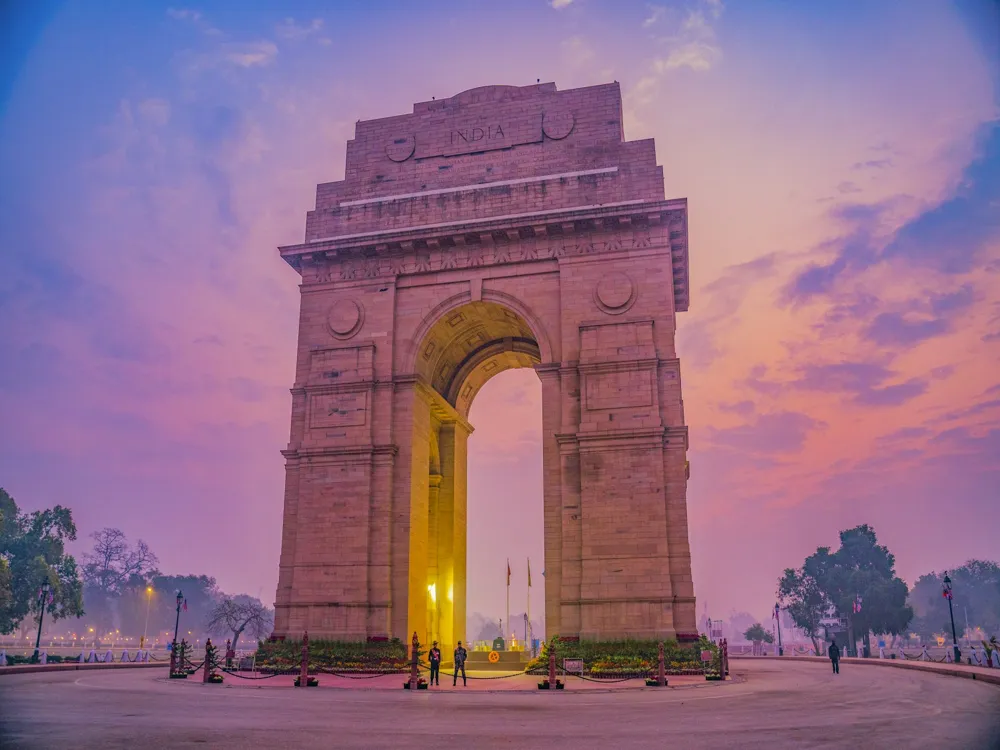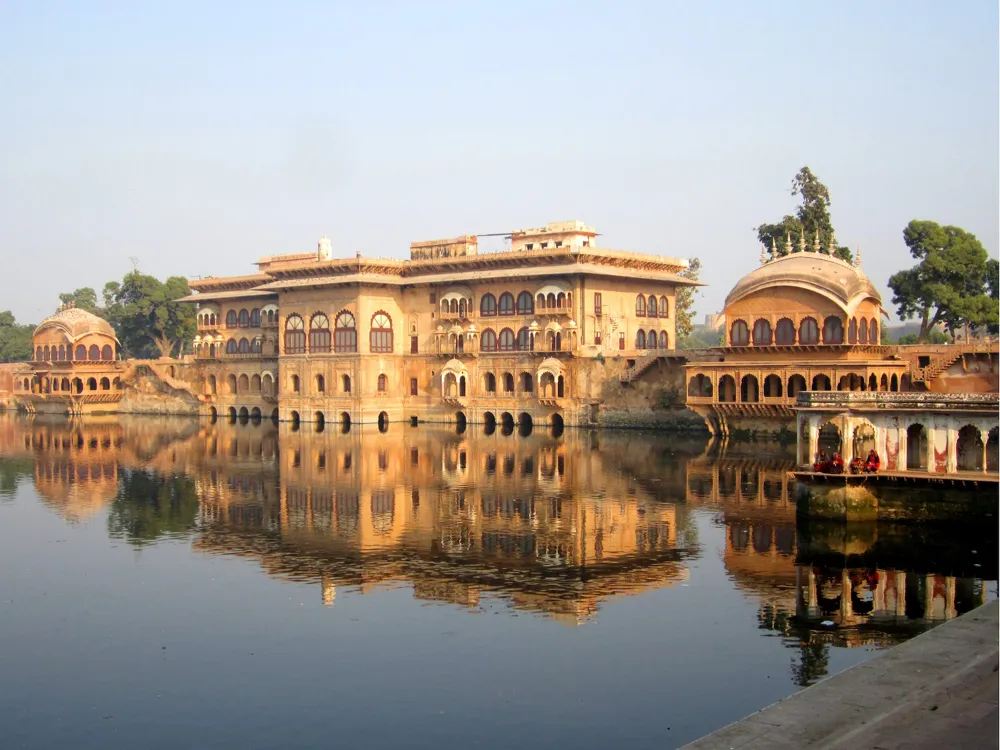The Jama Masjid in Aligarh, Uttar Pradesh, stands as a beacon of historical and cultural significance in India. This mosque, not just a place of worship, is an architectural marvel that tells the story of the region's rich Islamic heritage. The Jama Masjid, with its majestic structure and spiritual ambiance, attracts visitors from all walks of life, making it a must-visit destination in Aligarh. The Jama Masjid was built in the 18th century and has since been an integral part of Aligarh's history. It serves as a symbol of the Islamic faith and culture in the region. The mosque has witnessed various historical events and has played a pivotal role in the religious and social life of the Muslim community in Aligarh. The mosque's architecture is a splendid example of Islamic design, blending Mughal and Indian styles. The intricate carvings, detailed minarets, and expansive courtyard exemplify traditional Islamic architecture's beauty and sophistication. Jama Masjid is not just an architectural wonder but also a center for religious activities. It holds significant religious importance for the Muslim community, being a hub for Islamic teachings and cultural events. The architecture of Jama Masjid Aligarh is a testament to the artistic and engineering skills of the Mughal era. It reflects a blend of Islamic and Indian architectural styles, creating a masterpiece of design and craftsmanship. The mosque's structure is characterized by its large domes, high minarets, and spacious prayer hall. The use of red sandstone and marble in construction adds to its elegance and durability. The interior of Jama Masjid is adorned with exquisite calligraphy and intricate geometric patterns, while the exterior boasts detailed carvings and an impressive façade that captures the essence of Islamic art. The architectural elements of the mosque, such as the dome and minarets, are not just aesthetic but also hold deep symbolic meaning in Islamic culture. They represent the mosque's spiritual and cultural significance. Visitors are advised to dress modestly and maintain a respectful demeanor within the mosque premises. Covering the head is recommended for both men and women. Photography is usually allowed, but it's advisable to seek permission from the mosque authorities, especially when taking pictures inside the prayer hall. The mosque is best visited during the early morning or late afternoon to avoid the midday heat and to experience the mosque in a peaceful setting. Jama Masjid Aligarh is easily accessible by various means of transportation. It is located in the heart of Aligarh city, making it convenient for visitors to reach. The mosque is well-connected by road and can be reached by local buses, taxis, or private vehicles. The city's extensive road network makes it a comfortable journey. Aligarh has a major railway station that is well connected to major cities in India. From the railway station, one can hire a taxi or take a local conveyance to reach the mosque. The nearest airport is in Delhi, from where one can take a train or a taxi to Aligarh. The journey from Delhi to Aligarh is scenic and comfortable. Read More:Overview of Jama Masjid Aligarh, Uttar Pradesh
History and Significance
The Architectural Brilliance of Jama Masjid Aligarh
Religious and Cultural Importance
Architecture of Jama Masjid Aligarh
Structural Design
Interior and Exterior Embellishments
Symbolism in Architecture
Tips When Visiting Jama Masjid Aligarh
Dress Code and Conduct
Photography Guidelines
Best Time to Visit
How To Reach Jama Masjid Aligarh
By Road
By Rail
By Air
Jama Masjid Aligarh
Aligarh
Uttar Pradesh
NaN onwards
View aligarh Packages
Weather :
Tags : Mosque
Timings : 5:00 AM - 8:00 PM
Time Required : 30 mins - 1 hour
Entry Fee : No Entry Fee
Planning a Trip? Ask Your Question
Aligarh Travel Packages
View All Packages For Aligarh
Top Hotel Collections for Aligarh

Private Pool

Luxury Hotels

5-Star Hotels

Pet Friendly
Top Hotels Near Aligarh
Other Top Ranking Places In Aligarh
View All Places To Visit In aligarh
Faq on Aligarh
What is the history of Jama Masjid Aligarh Aligarh?
Jama Masjid Aligarh Aligarh, also known as the Aligarh Mosque, has a rich history dating back to its construction in the 18th century during the reign of the Mughal Emperor Shah Jahan. It stands as an architectural marvel showcasing Mughal craftsmanship and Islamic heritage.
What are the visiting hours of Jama Masjid Aligarh Aligarh?
Jama Masjid Aligarh Aligarh is generally open to visitors from dawn to dusk. However, it's recommended to confirm the visiting hours locally or through official sources for any changes or special arrangements.
Is there any entry fee for visiting Jama Masjid Aligarh Aligarh?
No, there is usually no entry fee for visiting Jama Masjid Aligarh Aligarh. It is open for all individuals irrespective of their faith or background.
What are the architectural features of Jama Masjid Aligarh Aligarh?
Jama Masjid Aligarh Aligarh boasts a stunning blend of Mughal and Indian architectural styles. It features intricate carvings, domes, minarets, and spacious courtyards, reflecting the grandeur and elegance of Mughal architecture.
Is there any parking facility available near Jama Masjid Aligarh Aligarh?
Yes, there are usually parking facilities available near Jama Masjid Aligarh Aligarh. Visitors can find parking spaces in nearby areas or designated parking lots.
View aligarh Packages
Weather :
Tags : Mosque
Timings : 5:00 AM - 8:00 PM
Time Required : 30 mins - 1 hour
Entry Fee : No Entry Fee
Planning a Trip? Ask Your Question
Aligarh Travel Packages
View All Packages For Aligarh
Top Hotel Collections for Aligarh

Private Pool

Luxury Hotels

5-Star Hotels

Pet Friendly
Top Hotels Near Aligarh
Other Top Ranking Places In Aligarh
View All Places To Visit In aligarhFaq on Aligarh
What is the history of Jama Masjid Aligarh Aligarh?
Jama Masjid Aligarh Aligarh, also known as the Aligarh Mosque, has a rich history dating back to its construction in the 18th century during the reign of the Mughal Emperor Shah Jahan. It stands as an architectural marvel showcasing Mughal craftsmanship and Islamic heritage.
What are the visiting hours of Jama Masjid Aligarh Aligarh?
Jama Masjid Aligarh Aligarh is generally open to visitors from dawn to dusk. However, it's recommended to confirm the visiting hours locally or through official sources for any changes or special arrangements.
Is there any entry fee for visiting Jama Masjid Aligarh Aligarh?
No, there is usually no entry fee for visiting Jama Masjid Aligarh Aligarh. It is open for all individuals irrespective of their faith or background.
What are the architectural features of Jama Masjid Aligarh Aligarh?
Jama Masjid Aligarh Aligarh boasts a stunning blend of Mughal and Indian architectural styles. It features intricate carvings, domes, minarets, and spacious courtyards, reflecting the grandeur and elegance of Mughal architecture.
Is there any parking facility available near Jama Masjid Aligarh Aligarh?
Yes, there are usually parking facilities available near Jama Masjid Aligarh Aligarh. Visitors can find parking spaces in nearby areas or designated parking lots.







